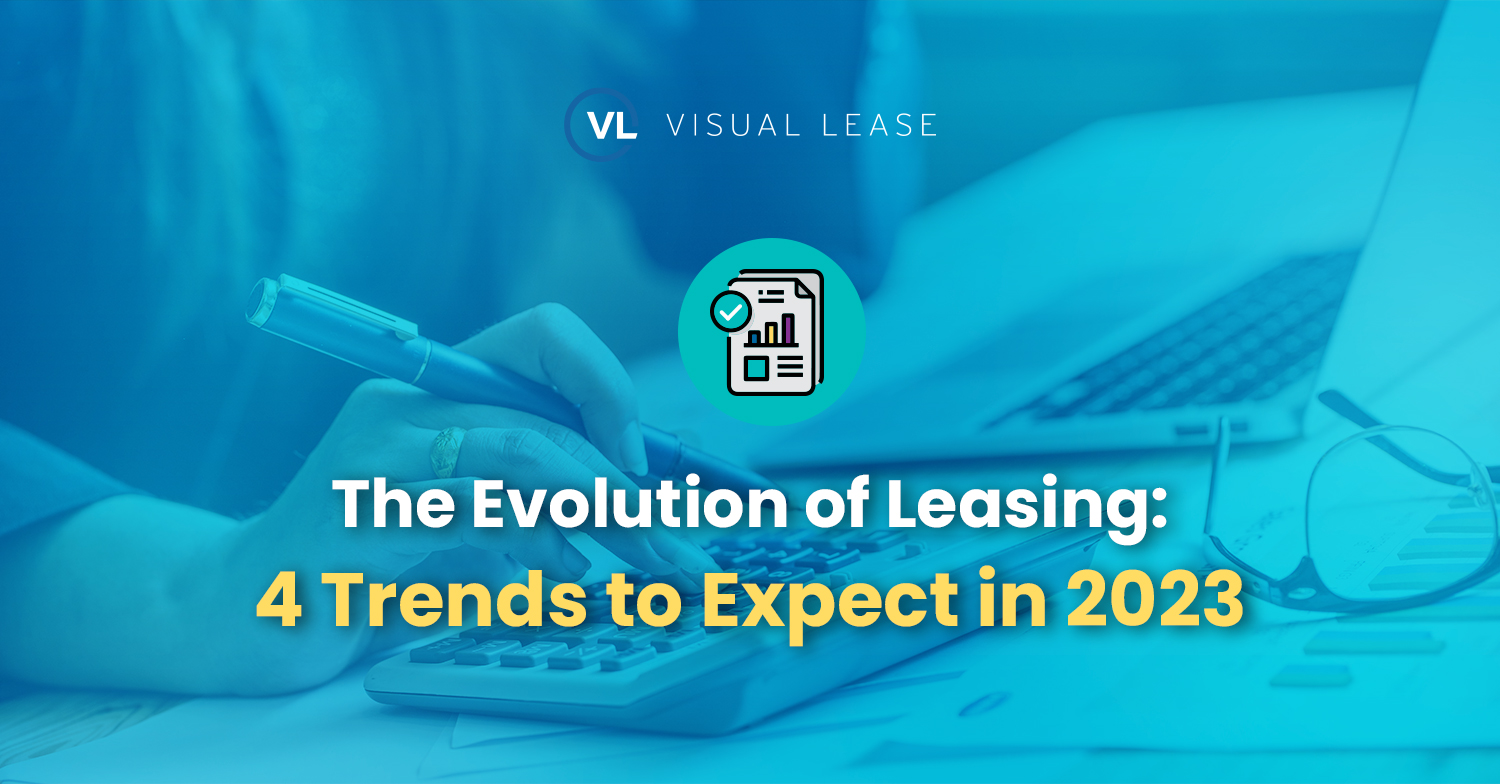
The ongoing effects of the pandemic, evolving workplace trends and unique economic circumstances have driven businesses to reconsider how and why they enter into new leases. But how exactly are companies adapting? Better yet, what are the implications of these new behaviors?
A recent study from The Visual Lease Data Institute (VLDI) answers all these questions and more:
1. Organizations are prioritizing lease terms that enable adaptability.
The pandemic has changed how companies operate, and as a result, many have found themselves locked into leases for space that they no longer require.
To combat this challenge, nearly 88% of companies report that they are planning for physical space needs only one year or less in advance, which is a 151% increase from 2022. The majority of real estate executives have also reported that their businesses were planning to add space as a part of their 2023 real estate strategy – but more than half (52%) of these companies are planning for some or all of this space to be in the form of new satellite locations.
What does this all mean? Organizations value the ability to revisit lease agreements, negotiate flexible terms and explore alternative real estate options that align with their evolving business strategies.
2. Business leaders are focused on new workforce needs.
Business leaders are also looking for leases that support their ability to accommodate remote or hybrid work arrangements – something that has become a “must-have” for many when considering job opportunities. In fact, a 2022 survey by McKinsey found that the third-most-popular reason employees looked for a new job was to find a flexible working arrangement.
To remain competitive in the job market, companies are reimagining how they utilize their available space. Forty-six percent of surveyed senior real estate executives say that shared desks or offices that can be booked as needed by workers provide the best office environment for their companies. The ability to sublease, communal building amenities and flexible lease termination were also identified as top priorities for companies, ideally providing business leaders with options when it comes to how and where they occupy physical space.
By entering into lease agreements that provide these various possibilities, companies are more likely to be able to pivot to appeal to existing and potential employees.
3. Poor lease management continues to cost companies… big time.
It’s no secret that mismanaged leases can lead to expensive mistakes. In fact, 45% of senior real estate executives admit that their companies have overpaid rent or expenses due to inadequate lease controls. Further underscoring the need for strong lease management practices is the reality that lease accounting standards (ASC 842, GASB 87 and IFRS 16) require companies to accurately represent their leases on the balance sheet. Without controls in place, businesses open themselves up to the very real risk of regulatory scrutiny and costly fines or audits.
Despite how high the stakes are, 83% of companies aren’t investing in the technology, people and processes required to properly manage lease-related expenses.
To stay ahead of costly errors, organizations must prioritize implementing strong controls to safeguard their lease portfolio, which is often their second largest expense just after people-related costs.
4. Organizations can leverage their leases in their ESG program development and reporting.
Although 99% of senior real estate executives believe it’s important for their company’s future leases to help reduce its carbon footprint, 95% of companies still don’t have a fully established ESG program in place and 41% report they haven’t begun any ESG initiatives yet.
But regardless of where organizations stand in their ESG journey, they need to be able to accurately track and record where the bulk of their carbon emissions occur, which is across its lease portfolio. Investing in the right technology that offers carbon measurement and reporting features will give leaders a clear line of sight into their environmental impact, allowing them to meet reporting requirements.
For more information on how Visual Lease can help your business take control of its leases and take charge of what’s next, schedule time with our team.























